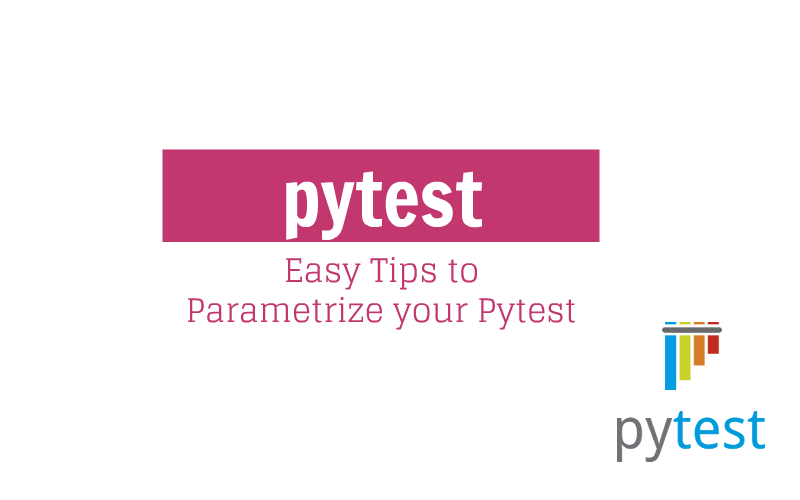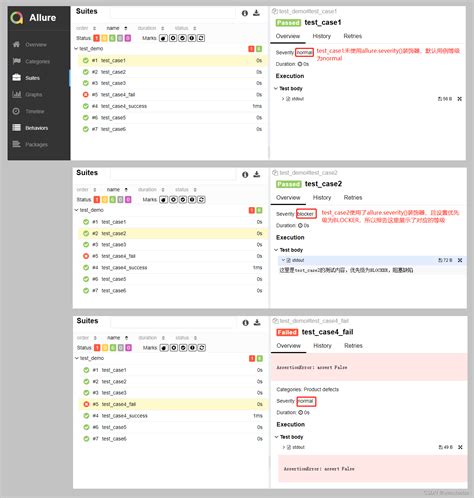Pytest is a popular testing framework for Python that provides a lot of flexibility and customization options. It is widely used in the industry due to its simplicity, scalability, and ease of use. In this article, we will explore five ways to run pytest, including command-line options, Python scripts, and IDE integrations.
Running Pytest from the Command Line

One of the most common ways to run pytest is from the command line. This method provides a lot of flexibility and allows you to customize the testing process using various command-line options. To run pytest from the command line, navigate to the directory containing your test files and type the following command:
pytest
This will run all the tests in the current directory and its subdirectories. You can also specify a specific test file or directory to run:
pytest test_file.py
or
pytest test_directory
Using Command-Line Options
Pytest provides a lot of command-line options that can be used to customize the testing process. For example, you can use the -v option to increase the verbosity of the output:
pytest -v
This will provide more detailed information about the tests being run, including the test names and outcomes. You can also use the `-x` option to stop the testing process as soon as a test fails:
pytest -x
This can be useful for identifying and debugging failing tests.
| Command-Line Option | Description |
|---|---|
| -v | Increase verbosity of output |
| -x | Stop testing as soon as a test fails |
| -k | Run tests matching the given expression |
| -m | Run tests marked with the given marker |

Running Pytest from a Python Script

Another way to run pytest is from a Python script. This method provides more flexibility and allows you to customize the testing process using Python code. To run pytest from a Python script, you can use the pytest.main() function:
import pytest
pytest.main()
This will run all the tests in the current directory and its subdirectories. You can also specify a specific test file or directory to run:
import pytest
pytest.main(['test_file.py'])
or
import pytest
pytest.main(['test_directory'])
Using Pytest Hooks
Pytest provides a lot of hooks that can be used to customize the testing process. For example, you can use the pytest_sessionstart hook to perform some setup before the tests are run:
import pytest
@pytest.hookimpl
def pytest_sessionstart(session):
# Perform some setup here
print("Tests are starting")
This hook will be called before the tests are run, allowing you to perform some setup or initialization.
Running Pytest from an IDE
Many integrated development environments (IDEs) provide support for running pytest tests. For example, PyCharm, Visual Studio Code, and Eclipse all provide support for running pytest tests. To run pytest from an IDE, you can typically use the IDE’s built-in testing tools or plugins.
Using PyCharm
PyCharm provides built-in support for running pytest tests. To run pytest from PyCharm, you can follow these steps:
- Open your project in PyCharm
- Navigate to the test file or directory you want to run
- Right-click on the test file or directory and select "Run" or "Debug"
- PyCharm will run the tests and display the results in the console
Running Pytest in a Docker Container
Another way to run pytest is in a Docker container. This method provides a lot of flexibility and allows you to run your tests in a consistent and reproducible environment. To run pytest in a Docker container, you can follow these steps:
- Create a Dockerfile that installs pytest and your test dependencies
- Build a Docker image from the Dockerfile
- Run the Docker container and execute the pytest command
This will run your tests in a consistent and reproducible environment, which can be useful for continuous integration and continuous deployment (CI/CD) pipelines.
Key Points
- Pytest can be run from the command line, Python scripts, IDEs, and Docker containers
- Command-line options can be used to customize the testing process
- Pytest hooks can be used to customize the testing process and perform setup or teardown
- IDEs provide support for running pytest tests and can be used to run and debug tests
- Docker containers can be used to run pytest tests in a consistent and reproducible environment
What is pytest and why is it used?
+Pytest is a testing framework for Python that provides a lot of flexibility and customization options. It is widely used in the industry due to its simplicity, scalability, and ease of use.
How do I run pytest from the command line?
+To run pytest from the command line, navigate to the directory containing your test files and type the following command: pytest
What are some common command-line options for pytest?
+Some common command-line options for pytest include -v, -x, -k, and -m. These options can be used to customize the testing process and provide more detailed information about the tests being run.
How do I run pytest from a Python script?
+To run pytest from a Python script, you can use the pytest.main() function. This function takes a list of command-line arguments and runs the tests accordingly.
What are some benefits of using pytest?
+Some benefits of using pytest include its simplicity, scalability, and ease of use. It also provides a lot of flexibility and customization options, making it a popular choice among developers and testers.
In conclusion, pytest is a powerful testing framework that provides a lot of flexibility and customization options. It can be run from the command line, Python scripts, IDEs, and Docker containers, making it a versatile tool for developers and testers. By understanding how to run pytest and use its various features, you can improve the quality and reliability of your code and ensure that it meets the required standards.
